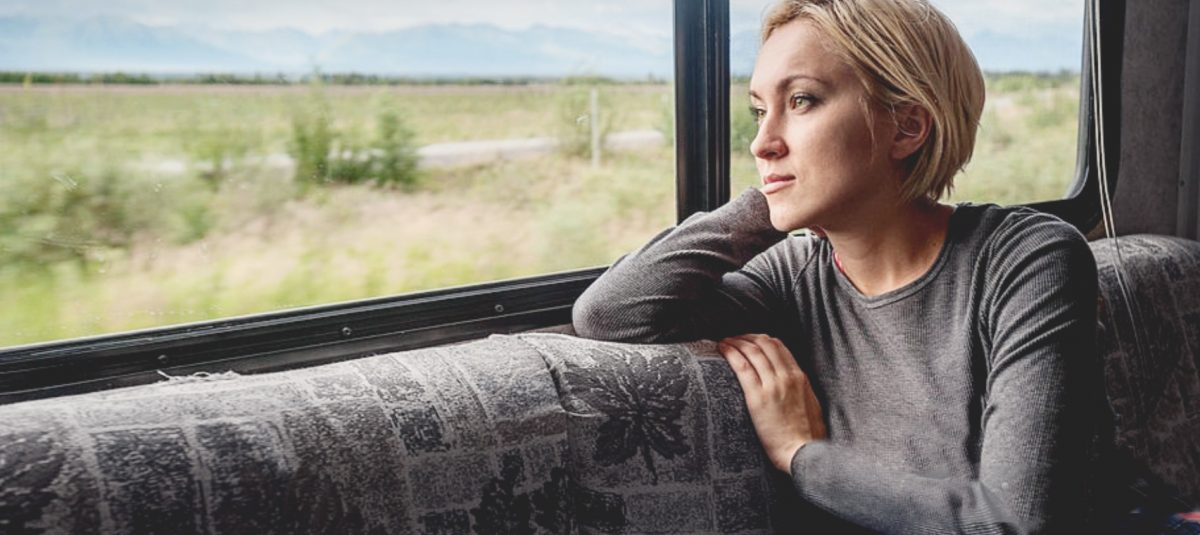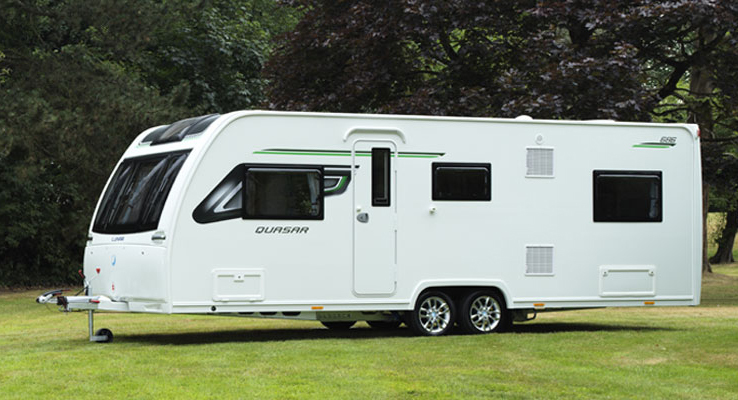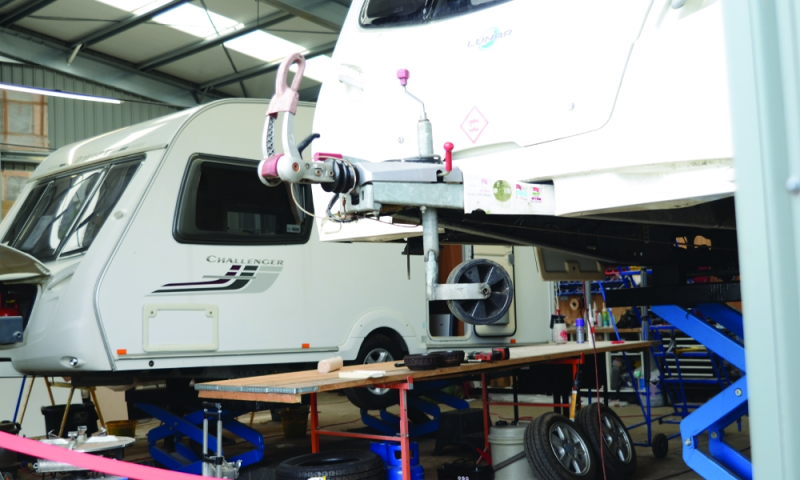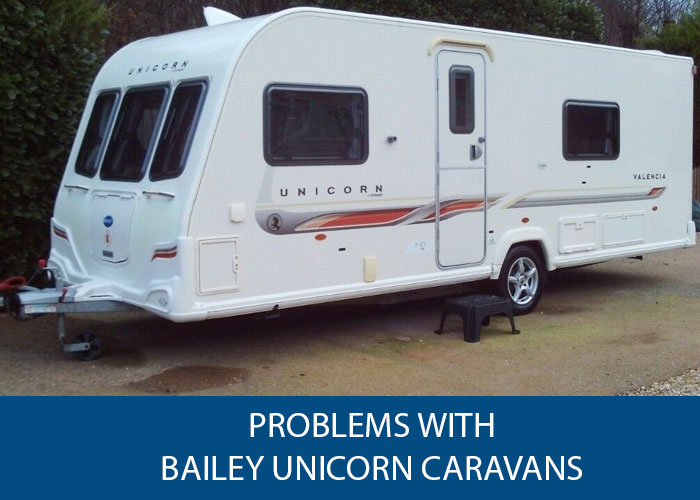Introduction
If you’re like most people, you probably want to be able to drive your RV while in a car. It’s not just about saving money, either; it can be a fun experience to take the family on vacation and have them all stay in their own luxurious home. However, if you are already driving an RV and don’t have a car for when you go on vacation, there are some things that you need to do in order to make it work. In this article, we’ll cover everything from what type of RV you should buy to how to get started driving your RV while inside your car!
Can You Walk Around In a Motorhome While Driving?
Yes, you can walk around in a motorhome while driving. However, it is important to be aware of potential safety hazards and do not drive the vehicle if you are not sure it can handle the weight of the passengers.
How Much Weight Can You Carry In a Motorhome?
How much weight can you carry in a motorhome?
A motorhome typically weighs between 75 and 200 pounds depending on its size and type of construction. So, if you are carrying anywhere from 75 to 200 pounds within your motorhome, you will need to calculate how many people you will be able to fit within the vehicle without difficulty.
Driving a Motorhome.
What is a Motorhome?
A motorhome is an RV that has been converted into a self-contained vehicle that can be driven on public roads and highways. Motorsharing companies generally refer to motorhomes as “rv” because they can accommodate up to six people in total, with the majority of these vehicles being manufactured for conversion into RVs.
Motorhomes typically come equipped with all the necessary components and amenities for travelling, including a kitchenette, bedroom and bath, living area, and dining area. Some models also include a refrigerator, sink, and stovetop oven.
How do I Drive a Motorhome?
Despite what you may have heard, driving a motorhome is notimilar to driving an RV on public roads and highways. In fact, many of the same rulesapply – be aware of your surroundings and obey traffic laws! When driving a motorhome, be sure to use caution while on the open road; drive defensively if you are stopped by police or other drivers; and always keep your windows clear so you can see ahead (and avoid getting caught in rain or snow).
Getting Started Driving a Motorhome.
What You Need to Know About Driving a Motorhome.
Before you can drive your RV, you’ll need to have some basic driving skills. This includes knowing how to operate the vehicle’s controls, using the vehicle’s brakes and tires, and being able to navigate in unfamiliar surroundings.
How Much Time Will It Take to Drive a Motorhome?
Drive times for a motorhome vary depending on the size and make of the RV, as well as the driver’s experience and skills. However, typically it will take around two hours to drive from one destination to another – much faster than it would take for just about any other car or bus.
How Often Can I Use My Motorhome?
Motorsharers should be careful not to use their RV too often during peak travel seasons: in fall and winter, outdoor activities may be curtailed while buses and trainsickr run more frequently; in spring and summer, there may not be as much transportation available so traveling by RV might be more expensive or inconvenient; and in fall/winter months when parks close, motorhomes can provide shelter from the cold weather conditions (although this is less common).
Do You Get Started in the RV Industry.
Before getting started in the RV industry, it’s important to understand that driving a motorhome while in an RV is not as easy as it seems.
There are a few things you need to know in order to safely and efficiently drive your RV while on vacation. first, always have your driver’s license and registration with you when you start driving; second, be sure to use caution when turning corners and driving through tight intersections; and lastly, be sure to follow all local vehicle laws when traveling in an RVer.
In addition to these precautions, it can also be helpful to have a Motorhome Driving Guide available for reference. This guide will help you navigate around obstacle courses, navigate gas stations and other essential RV safety tips.
Get Started driving a Motorhome.
If you’re considering driving a motorhome while in a RV, it’s important to get started by understanding how the process works. This section provides a comprehensive guide on how to drive a motorhome while in an RV. We also cover key safety tips and advice on driving a motorhome.
Driving from Home: You’ll first need to get your RV registered with the RVer Licensing Agency (RVL). Once you have your RV registered, you can begin driving it using the MV registration plate or plate number that is assigned to your vehicle. Registering with the RMV allows you to park your RV anywhere in British Columbia without having to pay any additional fees or taxes.
Driving in Vancouver: Always be aware of the traffic conditions around downtown Vancouver and other major tourist destinations! When driving around town, take into account things like street closures and rush hour traffic patterns! If there are any delays during your drive, be prepared for it by researching how long it will take to get back into town from wherever you’re going, and plan accordingly!
Driving along Highway 1A: highway 1a runs parallel to the mainland of BC and is one of the easiest ways to get around towns and cities in this province! Some people choose to drive this route instead of taking public transportation because they know that they won’t have as much of an impact on fuel costs as others do when travelling within BC. Another advantage of drives along Highway 1A is that you can often find scenic routes that aren’t accessible through other modes of transportation.
Driving in the Interior of British Columbia: If you’re driving your RV in the interior of British Columbia, be prepared for some very bumpy roads! The surfaces on these roads can often be quite rough and will require a good amount of effort to navigate. Make sure that you have a good driving experience and practice safe driving habits while driving your RV.
Maintenance and Storage Tips for Your Motorhome.
6.1 Keep your RV clean: keep your motorhome clean by regularly cleaning all surfaces (windows, mirrors, floors, etc.), checking for hidden dirt and dust bunnies, and vacuuming at least once a week. This will help keep your motorhome looking new and fresh!
6.2 Store your RV properly: store your RV Properly! By storing it in an upright position with plenty of ventilation, you’ll help keep it cool during winter months and improve air quality inside the motorhome whenever possible. also make sure that any storage areas are accessible only through opening windows or doorways that are wide open!
Conclusion: How to Drive a Motorhome Safely While In an RV.
7.1 Driving Your Motorhome in the Interior of British Columbia: Always be aware of the traffic conditions around downtown Vancouver and other major tourist destinations! When driving around town, take into account things like street closures and rush hour traffic patterns! If there are any delays during your drive, be prepared for it by researching how long it will take to get back into town from wherever you’re going, and plan accordingly!
7.2 Store Your Motorhome Properly: store your RV Properly! By storing it in an upright position with plenty of ventilation, you’ll help keep it cool during winter months and improve air quality inside the motorhome whenever possible. also make sure that any storage areas are accessible only through opening windows or doorways that are wide open!
The Process for Driving a Motorhome.
When travelling in a motorhome, the process of driving is the same as when driving any other vehicle. You must have a driver’s license and registration to operate the vehicle. You will also need to bring your own fuel and brake supplies, as well as any required safety equipment.
The Rules of the Road when Driving a Motorhome.
When driving in a motorhome, be sure to follow the rules of the road. This includes using common sense when deciding where to stop and what to do while driving, and NEVER drive on the wrong side of the road.
Tips for Driving a Motorhome.
It’s no secret that driving a motorhome in an RV can be a bit of a challenge. But with a little practice, you can get the hang of it! In this section, we’ll provide you with some tips on how to drive your RV while on the road.
First and foremost, make sure your RV has proper drivers side windows andwindshield wipers. These are essential for keeping your RV clean and protected during long drives.
Next, make sure you have enough room inside the RV for everyone to fit comfortably. Make sure there is at least 7 feet between each person when driving, and 5 feet when parked in an open space. You may also want to consider driving your motorhome in convoy with other RVs to save on fuel costs.
Finally, be aware of potential hazards while driving your motorhome. Be aware of potholes and other small obstacles on the road that can cause problems for your vehicle or occupants.
Stay Safe while Driving a Motorhome.
Driving a motorhome is a great way to enjoy the open road, but it’s important to stay safe while doing so. In order to make sure you and your motorhome are both safe, read through this section and follow any safety tips that apply.
Know Your Motorhome’s Safety Standards.
Before driving your motorhome, be sure to familiarize yourself with its safety standards and know what particular concerns should be addressed. For example, most RVs have airbags and stability control systems, which can protect you and your passengers if something goes wrong.
Use common sense when Driving a Motorhome.
When driving a motorhome, always use caution and be aware of your surroundings. Stay aware of traffic ahead of you and keep an eye on the distance between you and the other cars in your convoy; this will help ensure that you don’t get lost or run into oncoming traffic. Additionally, never drive at night or in bad weather conditions; these conditions could lead to serious injuries or even death for you and your passengers!
Choose the Right RV for You.
There are a few things you’ll need to consider when choosing an RV. The most important factor is the weight of the vehicle. A small RV can accommodate a smaller convoy, but a large RV can hold more passengers and cargo. Another important consideration is how often you’ll be using the vehicle. A motorhome that’s easy to use and navigate is perfect for short trips or weekend getaways, but atrailer-style RVs are better suited for longer road trips or long stays in multiple destinations. Finally, decide what kind of amenities you want: air conditioning, power outlets, sinks, toilets, etc.
Once you have these factors determined, it’s time to start shopping! You can buy an RV online or in store. You should also research the specific needs of your trip before buying – for example, if you plan on driving in off-road conditions or travelling in remote areas.
Get a Driver’s License.
If you’re driving a motorhome while in a RV, you need to get a driver’s license. A driver’s license lets you operate a motorhome on public roads and highways. You can also operate the RV if you have an appropriate driving permit.
To get a driver’s license, you’ll first need to apply for a driver’s license at your local DMV. Generally, application times vary by state, but most states require only a few simple steps including taking the road test and filling out an application fee form. After applying, follow the Directions to Your Driver License office to receive your license.
Learn the Basics of RV Driving.
When traveling in a RVs, you will need to be aware of the various functions that can be used while driving. This includes finding a route, turning, and navigating through intersections. Additionally, you should know how to operate the RV’s systems and how to maintain your vehicle in order to ensure an efficient trip.
Get a Trailer to Drive a Motorhome.
Driving a motorhome in a RV can be an interesting and unique experience. In some cases, it can be possible to drive the vehicle while using the RV’s amenities, like a generator or air conditioning. However, there are some caveats that should be considered before driving your motorhome in this way:
• Make sure you have the proper driving permits and insurance for driving a motorhome;
• If you don’t have any other vehicles to use as transport for your RV, make sure you have enough storage capacity to store your motorhome; and
• Be aware of the risks associated with driving an RV on public roads. For example, collisions between cars and RVs can occur easily, and drivers who are not familiar with the area may not take precautions necessary for safety.
Yes, you can drive a motorhome while in a RV! A comprehensive guide on driving an RV while in a vehicle is available here.
Conclusion
Driving a motorhome can be fun and unique, but it’s important to be aware of the rules of the road. By getting a driver’s license and learning the basics of RV driving, you’ll have everything you need to get started. Stay safe while driving a motorhome by following the rules of the road and choosing the right RV for your needs. Finally, learn all you can about driving a motorhome in this comprehensive guide.




